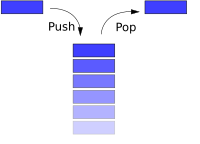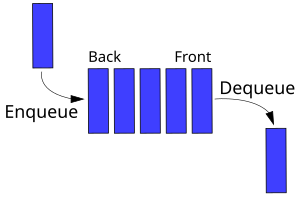##Domain Name System (DNS)
This is the system that allows a pc to navigate to the right page on the internet.
###The Nature of Internet Addresses
Addresses on the internet are actually IP addresses (Internet Protocol) like 74.125.228.200 - Google.
IP is well defined and standardized and it has proven to be a reliable method for locating individual devices within large networks. Browsers and computers have these standards coded in them and can use them quickly and efficiently to find and communicate with each other.
However, IP addresses are not human-friendly. Lists of four numbers are hard to remember and do not give any information about the nature of the site, for example:



